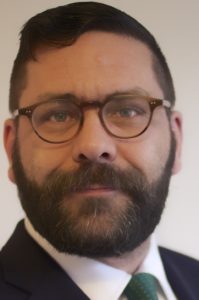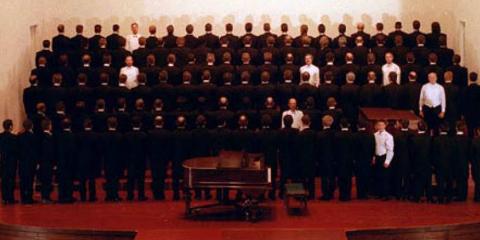By Lee Buss, Director of Operations
Michael Gill’s recent blog on the Ball Scene, as shown on the TV series POSE, and Michelle Visage’s homage to vogueing in Strictly, have given me cause to think as we approach World AIDS Day about my own experiences of the HIV and AIDS crisis over the decades.
The Ball Scene, as well as giving a sense of acceptance to members of the LGBT community, also acted as a source of care and support, which you would normally get from your birth families, to people affected by the virus in the late 1980s and 90s.
With the development of effective HIV treatment in the late 1990s, everything changed. I was working as a Health Care Assistant on the HIV ward at St Bart’s in London during the majority of the 90s.
Before the introduction of combination therapy, our ward of eight beds would normally see three or four deaths each week. I lost count of the number of people whose hand I held as they took their last breath, often after elongated periods of pain and suffering. Their names are slowly being lost from my memory, but the faces, the stories, will live with me for ever.
The discrimination and stigma they faced, from within the community as well as from without, created a generation of fighters, of activists, of people that were not willing to accept the injustice that this virus created.
The introduction of combination therapy has been like a miracle. I remember very clearly the impact on one person on the ward, who our experience told us would be dead within weeks. But he started combination therapy, and within a month he was on his way home. It truly did feel like a miracle.
Its impact has been much broader than keeping people alive for longer. Records for new diagnosis have plummeted year on year since its introduction. The drugs supress the virus to the point at which it is undetectable in the blood stream, meaning that the virus cannot be transmitted. For people living with the virus, being perceived by others as a ‘risk’ is one thing, but knowing that you don’t pose a risk to others opens up a whole new world of self-acceptance.
But stigma still exists. You still have people on gay dating sites stating they are interested in ‘clean’ people only, as in not people with HIV who are apparently ‘dirty’ by inference. But as the virus moves to being seen as just another chronic but treatable illness, and not a death sentence, and as the message gets out that undetectable means untransmisable (U=U), the stigma is diminishing.
Fewer people being diagnosed, death rates dropping, stigma reducing, and so all good news, right? Well yes, of course, but here is my warning. We run the risk of forgetting how we got here, of what we went through in the days prior to effective treatment. Young gay men have a habit of discounting anyone over a certain age. I know, I was young once!
‘HIV is just like diabetes’ is true, but that wasn’t always the case. We went through hell and back to get where we are, we lost a generation of our community, all those stories lost.
This image perfectly capture this.
This is the San Francisco Gay Men’s Choir. Those in the white shirts were members in 1993, those in black are the members they have had to recruit to replace members lost to AIDS. This is the impact HIV had on our community in the early days of the virus, let that sink in.
My final message on World AIDS Day 2019?
Don’t forget those we lost, celebrate their lives and the change those activists fought so hard for.
But most important probably of all – get tested, know your status, get the treatment if you need it!

